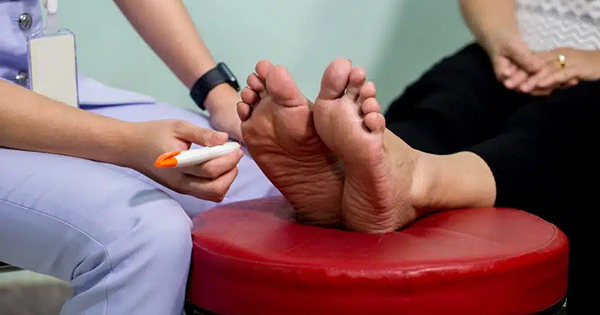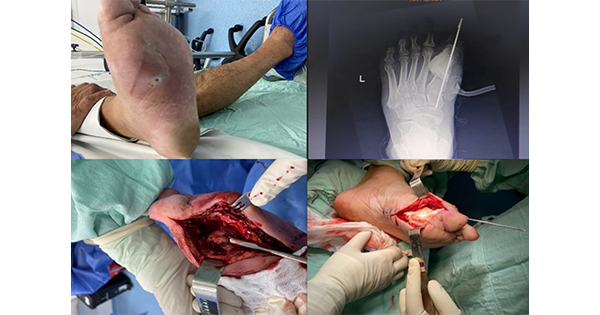I read with interest the article by Rayman et al (Vol. 1 No. 1, p.7) on the use of larvae in the treatment of the diabetic necrotic foot and agree with much of what was said with regard to this challenge. However, I have the following concerns based on my own personal experience of larvae therapy.
- Reliability: I have experienced early death of larvae or resultant very immature maggots after three days of treatment. This may be due to immature maggots being provided and I believe that the providers of the larvae have identified this and are hoping to rectify the matter. I find strangely that my ‘disasters’ are only in diabetic patients and not in those with peripheral vascular disease who seem to produce very lively healthy maggots! I would be interested to know whether others have experienced this phenomenon.
- Infection: It is accepted that the larvae have a role to play in removing bacteria from the wound. However, it is also accepted that they do not have a broad spectrum bacteriostatic effect – this may result in infection being unrecognised over the time period that the larvae are in situ with disastrous consequences.
In conclusion, I believe that maggot therapy has a role to play in this problematic area. However, they should be used with caution due to their present unreliability, continued risk of infection, damage to surrounding skin as a result of maceration under hydrocolloid dressings, and lack of research-based evidence.




